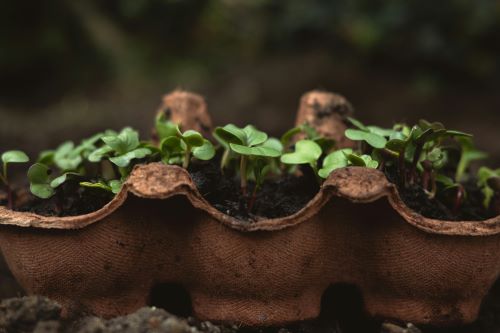


Understanding the long-term effects of chlorpyrifos on water bodies and their ecosystems
Chlorpyrifos is a systemic insecticide that targets a wide range of chewing and sucking pests by disrupting their nervous systems. Its broad-spectrum efficacy and long residual action make it popular among farmers. The “50 EC” formulation indicates it is a 50% emulsifiable concentrate designed for dilution and application.
For farmers seeking reliable pest control, Carbine 50 – Chlorpyrifos 50% EC insecticide is a practical choice. Its precise formulation ensures optimal pest management while adhering to safety guidelines.
The widespread use of chlorpyrifos in agriculture increases the likelihood of it entering water bodies through various pathways, including:
These processes contribute to chlorpyrifos accumulating in aquatic environments, which can have long-lasting consequences.
Chlorpyrifos residues in aquatic ecosystems can disrupt delicate ecological balances, affecting many organisms.
The loss of key species, such as plankton or small invertebrates, can cascade through the food web, affecting larger predators and overall biodiversity.
While chlorpyrifos degrades over time, it can bind to sediments in water bodies, prolonging its impact. Under certain conditions, these residues may be released into the water, creating recurring contamination.
“An imbalance in aquatic ecosystems often begins with small disruptions. Chlorpyrifos, though effective for pest control, can have ripple effects that extend far beyond the initial application.“
Chlorpyrifos has the potential to bioaccumulate in aquatic organisms, which means it can build up in the tissues of fish and other species over time. This affects the organisms directly exposed and poses risks to predators, including humans, who consume contaminated fish.
To reduce the harmful effects of chlorpyrifos on aquatic ecosystems, farmers and stakeholders can adopt several measures:
Using the correct chlorpyrifos 50 EC dosage per litre minimizes the risk of excess residues entering water bodies. Overuse harms the environment and increases the likelihood of pesticide resistance.
Avoid applying chlorpyrifos near water bodies. Establishing buffer zones with untreated vegetation can act as a barrier, reducing runoff and drift into aquatic systems.
Incorporating chlorpyrifos into an Integrated Pest Management (IPM) program reduces reliance on chemical controls. Biological and cultural methods can complement its use, lowering overall environmental risks.
What is the recommended dosage of chlorpyrifos for crops?
The standard water dosage is 2-3 millilitres per litre, depending on the crop and pest type.
How does chlorpyrifos affect aquatic life?
Chlorpyrifos is highly toxic to fish, amphibians, and invertebrates. It can disrupt food webs and bioaccumulate in aquatic species.
What can farmers do to minimize environmental risks?
Farmers can follow recommended dosages to reduce contamination, establish buffer zones near water bodies, and adopt proper application techniques.
Chlorpyrifos has been a valuable tool in agriculture, helping farmers protect crops from destructive pests. However, its long-term effects on aquatic ecosystems highlight the importance of responsible use and environmental stewardship. By adopting best practices, integrating sustainable methods, and exploring innovative alternatives, farmers can continue to benefit from pest control solutions while safeguarding aquatic environments for future generations. Balancing productivity and sustainability is not just an ideal—it is necessary for the health of agriculture and ecosystems.
